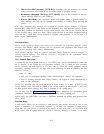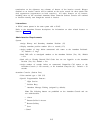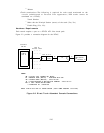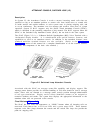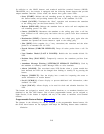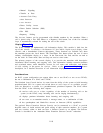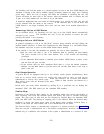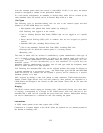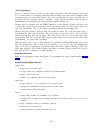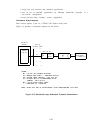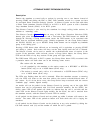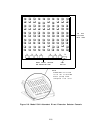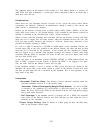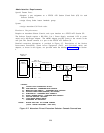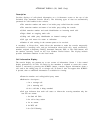from the common queue while the console is unavailable. If this is not done, the button
should be reassigned to another of the permissible features.
In a two-console configuration, an attendant in Position Busy mode will be covered by the
other attendant. Only one console can be in Position Busy mode at a time.
Call Types
The following types of attendant-seeking calls are sent to the common queue and then
directed to an idle LOOP button at a console:
● Dial Operator calls (placed from inside stations by dialing O)
● Call Following calls logged in at the console
●
Calls to Floating Personal Dial Codes (FPDCs) that are not logged in at a specific
station
● Direct Inward Dialing (DID) calls to numbers that are not assigned to specific
stations
● Attendant DID calls, including Direct Group calls
●
Calls to the attendant’s Personal Dial Code (PDC), including DGC calls
● Coverage calls for which the common queue is a covering receiver
● Returning calls.
The order in which calls are serviced is established by system administration. Each type of
call is assigned a priority that determines its position in the common queue with respect to
other types.
System administration also establishes where the calls go. Obviously, in a one-
attendant system,
all calls automatically go to that attendant. If a system has two
attendants, however, administration can direct calls of each type (with the exceptions noted
below) to either position or to both positions.
Call Following and Attendant PDC calls can be assigned priorities but cannot be directed to
a specific attendant in a two-position system.
Any trunk except types 901-902 and 1003-1008
(DID and Dial-in Tie Trunks) can be assigned a priority and be directed to a specific
attendant position or to both.
Calls accessed by dialing a code [call pickup at other extensions, Trunk-Answer-from-Any-
Station (TAAS) Night Service calls, and calls parked by other stations] are originated at a
LOOP button and brought to the console on that same button. These calls do not enter the
common queue.
Ringing
The SLAC receives normal ringing on incoming calls.
Abbreviated alerting (one short burst
of ringing), accompanied by a change in the LOOP button wink rate, indicates to the
attendant that a held call has exceeded the preset hold time interval. Abbreviated alerting
can also be administered as a reminder for new calls entering the queue.
Interactions
A SLAC cannot operate in the same system with a DTAC.
Connection of a headset adapter to the SLAC allows the optional use of a headset instead of
the handset in handling calls.
2-22



